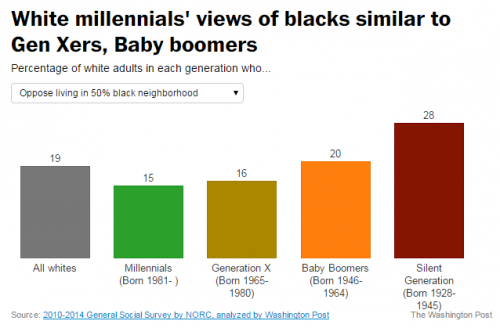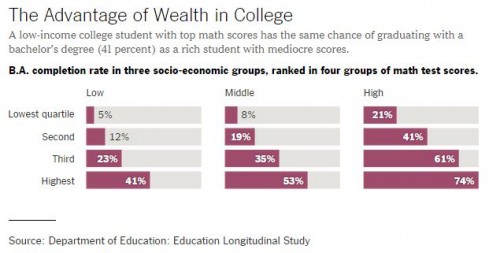Flashback Friday.
My great-grandma would put a few drops of turpentine on a sugar cube as a cure-all for any type of cough or respiratory ailment. Nobody in the family ever had any obvious negative effects from it as far as I know. And once when I had a sinus infection my grandma suggested that I try gargling kerosene. I decided to go to the doctor for antibiotics instead, but most of my relatives thought that was a perfectly legitimate suggestion.
In the not-so-recent history, lots of substances we consider unhealthy today were marketed and sold for their supposed health benefits. Joe A. of Human Rights Watch sent in these images of vintage products that openly advertised that they contained cocaine or heroin. Perhaps you would like some Bayer Heroin?
Flickr Creative Commons, dog 97209
The Vapor-ol alcohol and opium concoction was for treating asthma:
Cocaine drops for the kids:
A reader named Louise sent in a recipe from her great-grandma’s cookbook. Her great-grandmother was a cook at a country house in England. The recipe is dated 1891 and calls for “tincture of opium”. The recipe (with original spellings):
Hethys recipe for cough mixture
1 pennyworth of each
Antimonial Wine
Acetic Acid
Tincture of opium
Oil of aniseed
Essence of peppermint
1/2lb best treacleWell mix and make up to Pint with water.
As Joe says, it’s no secret that products with cocaine, marijuana, opium, and other now-banned substances were at one time sold openly, often as medicines. The changes in attitudes toward these products, from entirely acceptable and even beneficial to inherently harmful and addicting, is a great example of social construction. While certainly opium and cocaine have negative effects on some people, so do other substances that remained legal (or were re-legalized, in the case of alcohol).
Often racist and anti-immigrant sentiment played a role in changing views of what are now illegal controlled substances; for instance, the association of opium with Chinese immigrants contributed to increasingly negative attitudes toward it as anything associated with Chinese immigrants was stigmatized, particularly in the western U.S. This combined with a push by social reformers to prohibit a variety of substances, leading to the Harrison Narcotic Act. The act, passed in 1914, regulated production and distribution of opium but, in its application, eventually basically criminalized it.
Reformers pushing for cocaine to be banned suggested that its effects led Black men to rape White women, and that it gave them nearly super-human strength that allowed them to kill Whites more effectively. A similar argument was made about Mexicans and marijuana:
A Texas police captain summed up the problem: under marijuana, Mexicans became “very violent, especially when they become angry and will attack an officer even if a gun is drawn on him. They seem to have no fear, I have also noted that under the influence of this weed they have enormous strength and that it will take several men to handle one man while under ordinary circumstances one man could handle him with ease.”
So the story of the criminalization of some substances in the U.S. is inextricably tied to various waves of anti-immigrant and racist sentiment. Some of the same discourse–the “super criminal” who is impervious to pain and therefore especially violent and dangerous, the addicted mother who harms and even abandons her child to prostitute herself as a way to get drugs–resurfaced as crack cocaine emerged in the 1980s and was perceived as the drug of choice of African Americans.
Originally posted in 2010.
Gwen Sharp is an associate professor of sociology at Nevada State College. You can follow her on Twitter at @gwensharpnv.













